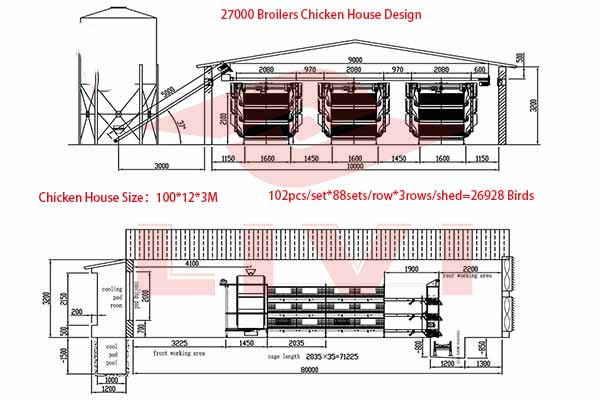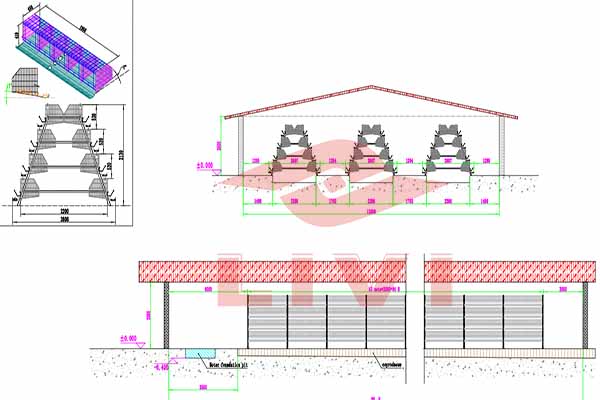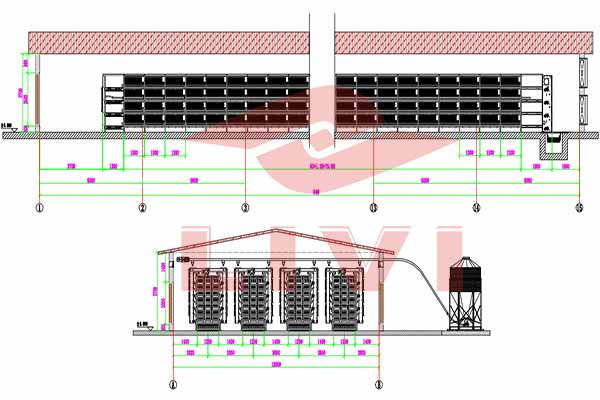Optimizing Chicken Battery Cage Systems for 480,000 Chickens in Togo
As the poultry industry continues to grow, it’s crucial for farmers and investors to stay informed about the latest technologies and systems that can improve efficiency and productivity. In this article, we will explore the implementation of a chicken battery cage system designed for a capacity of 480,000 chickens in Togo. We will delve into the benefits, considerations, and the potential return on investment (ROI) of such a system.
Understanding the Chicken Battery Cage System
The chicken battery cage system is a modern method for raising chickens in a controlled environment. This system is designed to maximize space utilization, improve biosecurity, and enhance the overall health and well-being of the chickens. Below are the key components and benefits of this system:

- High Capacity: A battery cage system can house up to 480,000 chickens, ensuring efficient use of space.
- Health Benefits: The system minimizes the risk of disease spread by preventing direct contact between chickens.
- Environmental Control: The controlled environment allows for optimal temperature and humidity regulation.
- Feed Efficiency: Chickens in battery cages tend to have
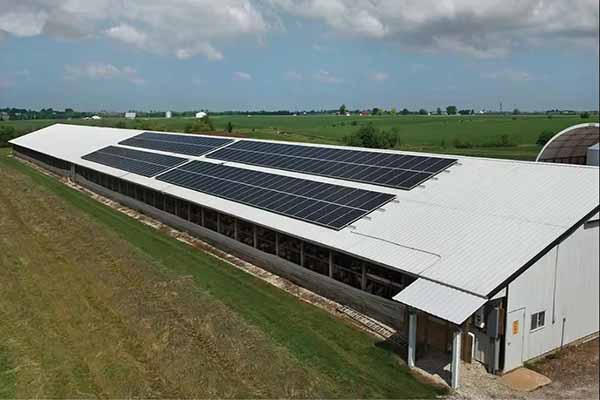 higher feed conversion rates.
higher feed conversion rates.
Here is a table summarizing the key features of the battery cage system for 480,000 chickens in Togo:
| Feature | Description |
|---|---|
| Capacity | 480,000 chickens |
| Cage Design | Adjustable to accommodate various chicken breeds |
| Automated Feeding System | Ensures consistent feed distribution |
| Watering System | Automated to maintain consistent water intake |
| Environmental Control | Temperature and humidity regulation |
Considerations for Implementing t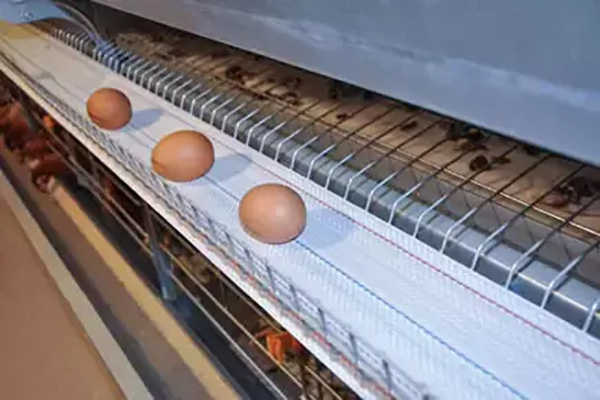 he System
he System
When implementing a chicken battery cage system for 480,000 chickens, several factors must be considered to ensure its success:
- Site Selection: Choose a location with access to water, electricity, and transportation.
- Regulatory Compliance: Ensure the system meets local and international regulations.
- Investment Costs: The initial investment for a system of this scale can be significant, but the long-term benefits can outweigh the costs.
- Operational Costs: Monitor and manage operational costs, such as feed, water, and labor.
- Market Demand: Assess the demand for chicken products in the target market.
Return on Investment (ROI)
The ROI for a chicken battery cage system can vary depending on several factors, such as the size of the operation, feed costs, and market prices. However, studies have shown that the ROI for such systems can range from 15% to 30% over a 10-year period. This makes the investment in a chicken battery cage system for 480,000 chickens in Togo a viable option for both farmers and investors.
For those interested in learning more about implementing a chicken battery cage system for 480,000 chickens in Togo, we encourage you to leave a comment below or contact us for a free, no-obligation consultation. Our team of experts can provide you with a customized养鸡设计方案 and equipment报价 that meets your specific needs.


